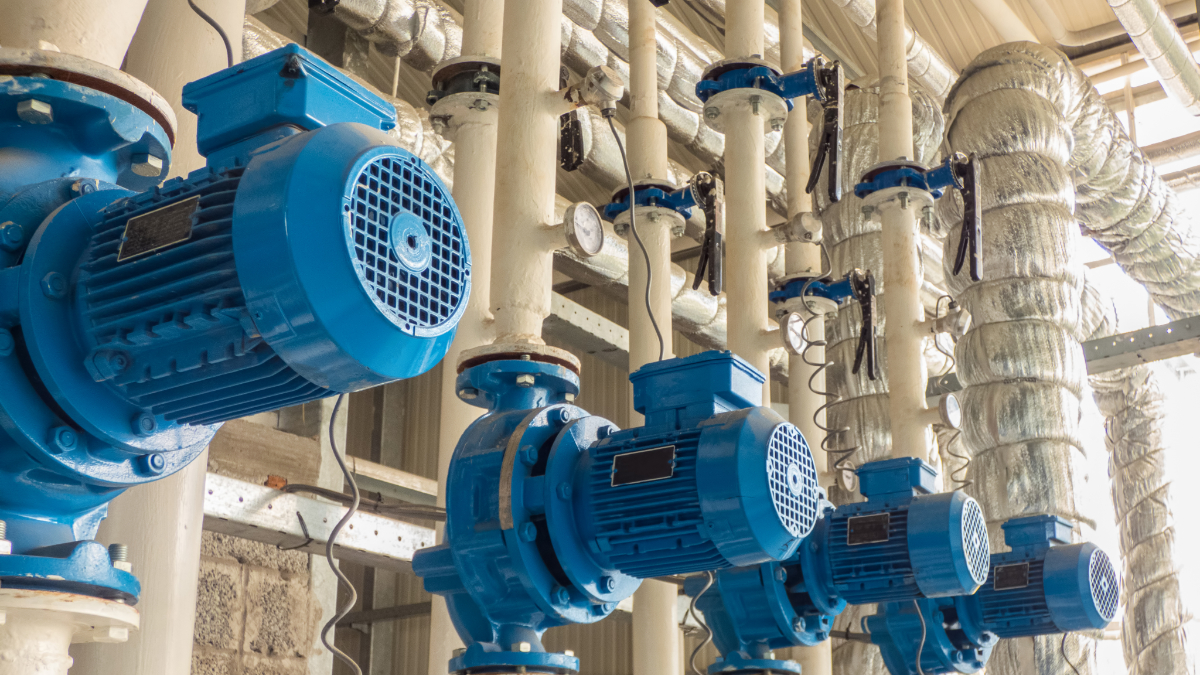An Electric Hydraulic pump is a self-contained unit that consists mainly of a motor, and a hydraulic pump. Using fluid to convey power from one location to another, they can generate massive amounts of power which can be used to drive hydraulic machinery. When heavy lifting force is required, hydraulic pumps offer the perfect solution and are available at RIVERLAKE HYDRAULIC. The Portable Hydraulic pump is powered by gas engines providing boaters the power they need to pull.
Properties of Electric Hydraulic pump
The Hydraulic pump is fully assembled and mounted on a marine-grade aluminum base with a carrying handle for portability. The properties are,
- In 4-cycle economy from the efficient overhead valve gasoline engine
- In Pull-start solid-state ignition
- In Anodized aluminum cases with sleeved cylinder
- In Spin-on return filter
- For Easy maintenance
Custom Design
Designed to function in wide custom hydraulic pumps are up to the task. From simple motor pumps to multi-functional power pack gatherings, RIVERLAKE HYDRAULIC can provide solutions that fully meet customers’ expectations of performance, and cost.
Components of the hydraulic pump
They include:
- Electric or diesel motor
- Hydraulic valve
- Reservoir
- Hydraulic gear pump
- Suction Filter
- Air breather for fill oil into Hydraulic Reservoir
- Central manifold block
- Electrical Control system, like buttons remote and wireless remotes
Type of hydraulic Pumps Based on Construction
There are many types of hydraulic pumps on the market. The two main categories:
- Single-acting Hydraulic Pumps
- Double acting hydraulic Pumps
Hydraulic Pumps provide the energy necessary to run a huge variety of tools in numerous applications. While they can be found everywhere, Preventative maintenance is a necessity to keep units running.
The Basics of Hydraulic Pump Maintenance
When a hydraulic pump breaks down, only a trained professional should do repairs. Though routine preventative maintenance is not quite so difficult, as long as you follow the manufacturer’s orders for maintenance, you should be able to conduct preventative preservation on your own without risking the safety of those using the power units.
The basics of general preservation include:
Lubricating Electric Motors
The builder of the electric motor is best armed to explain the maintenance of a particular motor. Oiling the motor as recommended is obligatory to keep the motor in good shape.
Cleaning or Change the Filters
The filter on the power unit may have an indicator that lets you know when it needs to be cleaned or to be changed. Make sure to check the indicator straight after starting up the system to safeguard you take care of it before working the power unit. If you are washing the filter, be sure to follow the instructions for cleaning to safeguard you remove all contaminants before reinstalling.
Cleaning Suction Strainers
The suction strainers on your machine perhaps need to be cleaned after the first ten hours of use and then every 100 hours of use after that. The careful cleaning times may vary by manufacturer.
Maintaining Oil Level in Reservoirs
You can check the reservoir to control if the oil needs to be added. Do this occasionally, especially when you first start using the power unit, to safeguard that the level does not drop lower than it should be. Preferably, check the reservoir after the first 100 hours of use.
Changing the Oil
The oil in the hydraulic power unit needs to be changed based on the supplies of the manufacturer. Typically, the oil will need to be changed somewhere between 1,000 & 2,000 hours of use and the rate of oil changes will differ based on the demands put on the power unit, comprise the environment it is used in, and the application that it is being used for.
Checking the Oil
You want to make sure every time that the oil is not running too hot. You can express oil has been running hot when it is much darker than new oil and it may also smell burnt.
The Hydraulic System Maintenance Team
When your hydraulic power unit needs to run sturdy and long, it should be paid to have a professional maintenance team. RIVERLAKE HYDRAULIC is your source for preventative care and repairs, including checking and replacing hydraulic system components and custom power units. We help you ensure that your hydraulic system is always in good restoration, reliable and effective.
Types of hydraulic pump
There are typically 2 types of hydraulic pumps found in mobile hydraulic applications.
Gear Pumps
For hydraulic systems, the most shared design in use is the gear pump. This design is branded as having fewer moving parts, being easy to service, more accepting of contamination than other designs, and being relatively cheap. Gear pumps are fixed movement, also called a positive movement, pumps. This means the same volume of flow is shaped with each rotation of the pump’s shaft.
Piston Pumps
When high operating pressures are obligatory, piston pumps are often used. Piston pumps will usually withstand higher pressures than gear pumps with similar displacements, but there is a higher initial cost related to piston pumps as well as a lower resistance to contamination. Piston pumps are frequently used with truck-mounted cranes but are also found in other applications such as snow and ice control where it may be wanted to vary system flow without varying engine speed.

